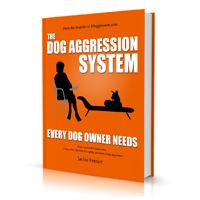Your cart is currently empty!
Two Essential Aspects Overlooked in Tackling Dog Aggression
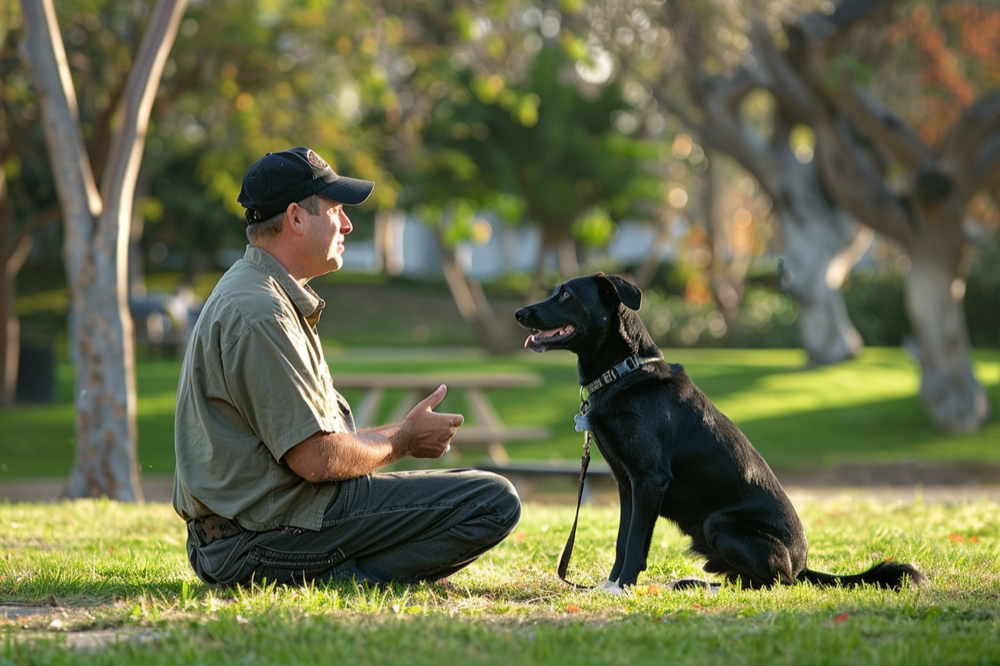
In the intricate realm of addressing canine aggression, two fundamental aspects often evade the spotlight, yet serve as the bedrock for effective intervention. While strategies like desensitization and counter-conditioning rightfully garner attention, their efficacy hinges on mastering these foundational elements. Embarking on a journey to understand and address aggression in dogs necessitates a keen appreciation for these overlooked yet indispensable components. Let’s delve into the core foundations that underpin successful aggression management, shedding light on their importance and unveiling their transformative potential in fostering harmony between dogs and their human companions.
Firstly, it is essential to identify and avoid the triggers that provoke the aggressive behavior in the first place. By understanding what situations, stimuli, or interactions elicit aggression in the dog, owners can take proactive measures to minimize exposure to these triggers and create a safer environment for both the dog and those around them.
Note that avoiding what provokes aggression does not improve aggression, is can prevent confrontations and reduce stress which is critical in treating aggression in dogs.
Secondly, establishing a solid foundation of training is paramount for facilitating the behavior modification process. Foundation training lays the groundwork for teaching the dog essential obedience commands, impulse control, and appropriate social skills.
This foundation not only enhances communication between the dog and owner but also provides the framework for implementing behavior modification techniques effectively.
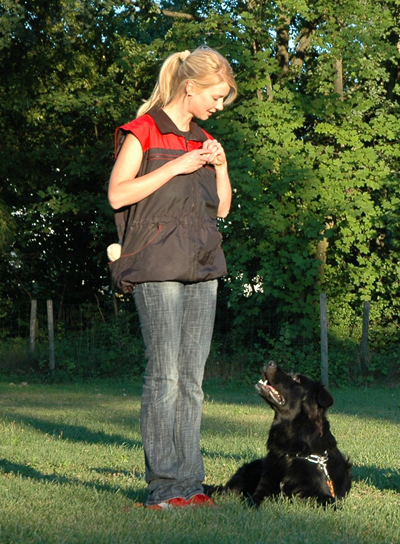
At some point, dog owners will want to use desensitization and counter-conditioning techniques. Testing if dogs are ready for desensitization and counter-conditioning involves assessing their ability to remain calm and focused in nondistracting or non-threatening environments first.
Before introducing the dog to potentially triggering stimuli, such as other dogs or loud noises, it’s crucial to ensure they have mastered basic obedience commands and can maintain composure in familiar, low-stress settings. For example, dogs should be able to sit and stay calmly in environments like the kitchen, living room, or a peaceful backyard without becoming overly excited or distracted.
The reason dogs need to demonstrate proficiency in these situations before progressing to desensitization and counter-conditioning exercises is twofold. Firstly, mastering basic obedience commands establishes a foundation of trust, communication, and control between the owner and the dog. This foundation is essential for effectively managing the dog’s behavior and facilitating the learning process during desensitization and counter-conditioning.
Secondly, practicing obedience commands in nondistracting environments helps dogs develop self-control, impulse management, and emotional regulation skills. These skills are crucial for coping with challenging situations and stimuli encountered during desensitization and counter-conditioning sessions.
If dogs cannot maintain composure in familiar settings, they are unlikely to succeed in more demanding or anxiety-provoking scenarios, making it imperative to address these fundamental skills before attempting behavior modification techniques.
Through consistent training and positive reinforcement, owners can empower their dogs to make better choices, manage their impulses, and respond appropriately to challenging situations. By prioritizing these two fundamental aspects—avoiding triggers and building a strong training foundation—owners can take proactive steps towards addressing dog aggression in a comprehensive and sustainable manner.
ADVERTISEMENT
The Dog Aggression System Every Dog Owner Needs E-book
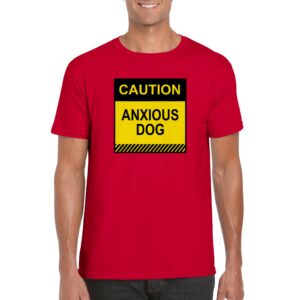
Anxious Dog Shirts only available in our shop
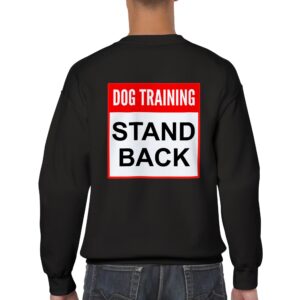
Keep people away with our Stand back shirts

